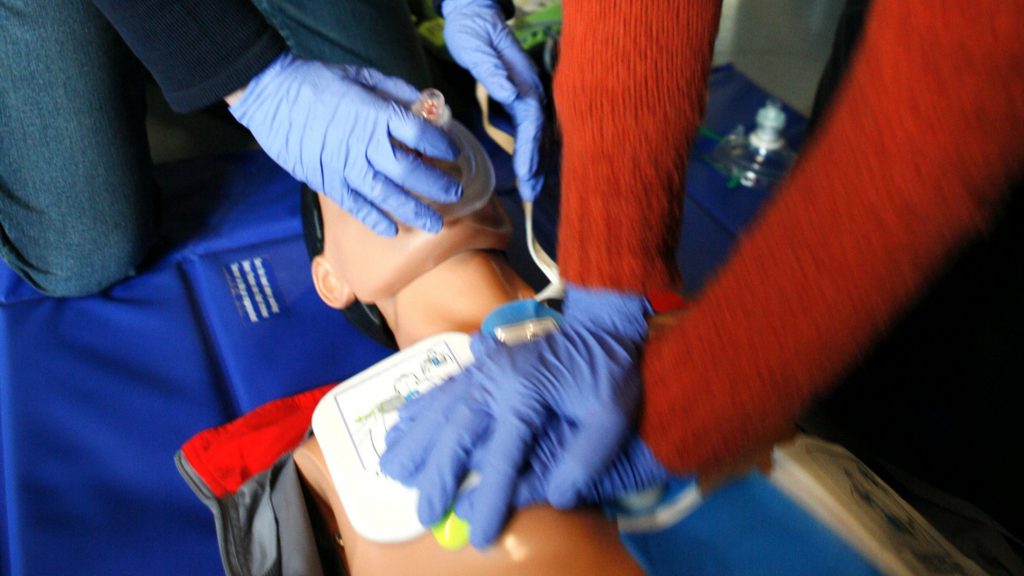Treating burns properly is essential to promote healing, reduce pain, and prevent infection. Here’s some of the best advice for treating burns:
- Cool the burn: Hold the burned area under cool (not cold) running water for at least 10 to 20 minutes, or until the pain subsides. Avoid using ice or very cold water, as this can further damage the skin.
- Remove tight clothing and jewelry: If clothing or jewelry is not stuck to the burn, remove it to prevent constriction and allow for proper cooling and healing.
- Protect the burn: Once the burn has been cooled, cover it with a sterile, non-adhesive dressing or clean cloth to protect it from friction and infection. Avoid using cotton balls or fluffy material, as these can stick to the wound.
- Avoid popping blisters: If blisters form, do not pop them. Blisters act as a natural barrier against infection. Popping them increases the risk of infection and delays healing.
- Use pain relief: Over-the-counter pain relievers like ibuprofen or acetaminophen can help reduce pain and inflammation associated with burns. Follow the recommended dosage instructions.
- Seek medical attention for severe burns: If the burn is severe (large, deep, or covering a sensitive area like the face, hands, feet, or genitals), or if it is accompanied by symptoms like fever, chills, or signs of infection, seek medical attention immediately.
- Do not use butter, oil, or toothpaste: Despite common misconceptions, these substances can actually trap heat and bacteria, worsening the burn and increasing the risk of infection.
- Stay hydrated: Drink plenty of water to help your body recover from the burn and maintain proper hydration levels.
- Follow up with a healthcare professional: If you have any concerns about the burn or if it’s not healing properly, consult a healthcare professional for further evaluation and treatment.
Remember, the severity of a burn can vary, so it’s important to assess each burn individually and seek appropriate medical care if necessary.


